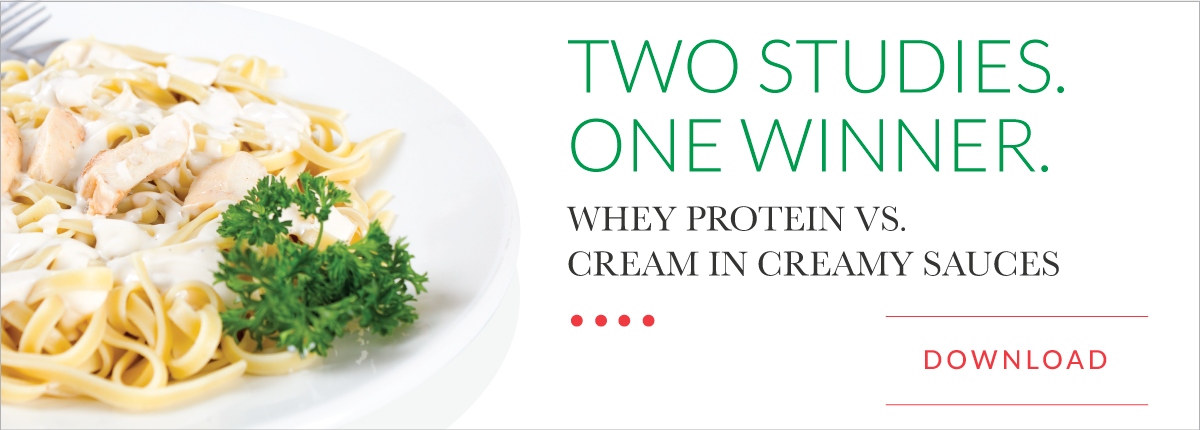 You can expect it like clock work: every fall, major players in the food and beverage industry confidently release their bold food trend predictions for the coming year.
You can expect it like clock work: every fall, major players in the food and beverage industry confidently release their bold food trend predictions for the coming year.
However, when it comes to food trends, 2020 was the year that turned everything on its head. All the market data, analytics, consumer surveys and brilliant researchers in the world could never have accounted for the disruption that the coronavirus pandemic brought to the food and beverage industry.
Which food trends of 2020 were consumer favorites and which were a flop? Here’s a look at what ended up being hot and what was not.
HOT: Comfort Foods
NOT: Specialty Salads
Just when kale and quinoa seemed like they would take over the world for their reported health benefits and near-superfood status, millions of Americans were stuck at home and unable — or unwilling — to visit their local farmer’s markets or grocery stores. Instead, fresh produce and exotic grains took a back seat to more affordable and shelf-stable macaroni and cheese, cream soups, canned meats and other richly textured and savory eats. Classic American comfort foods that were once shunned, now shine.
RELATED VIDEO:
New Ingredient Solution Reduces Cheese, Enhances Flavor and Texture
HOT: Actual Meat
NOT: Meat Alternatives
The meat alternative Impossible Burger hit grocery store shelves in Fall 2019, far exceeding sales expectations. This lab-grown burger also became a popular delivery option on apps like Uber Eats, and several fast-food establishments added it to their menus. With more than 20 ingredients, including GMO soy, coconut oil, Methylcellulose, Pyridoxine hydrochloride and others, it left some clean-label consumers scratching their heads. Despite its higher price point and lengthy ingredient list, its popularity was expected to soar to higher heights in 2020.
However, in the wake of the pandemic, it was real meat that became “impossible” for consumers to obtain due to increased demand. Admittedly, plant-based meat sales still grew, but it was real meat and ground beef that had its day, leaving many major retailers struggling to keep up their supplies. Suddenly, real meat products were being hoarded like toilet paper, and major chains like Costco and Krogers had to limit purchases.
HOT: Real Dairy
NOT: Plant-based Milk
Plant-based non-dairy milk sales grew substantially in 2019, with oat milk in particular skyrocketing to $29 million, up from $4.4 million in 2017. While still paling in comparison to dairy milk sales, the higher-priced plant-based alternatives took up a bigger chunk of the overall “milk” market.
As the global pandemic started impacting households in March 2020, however, it was real milk, butter, cheese, yogurt and ice cream that saw a 55% surge in sales compared to the previous year. Even amid the challenges that dairy farmers faced with supply chains and getting their milk to market, consumers returned to traditional dairy as a mainstay in their diets. Some in the dairy industry are hopeful that consumers will be reminded of the many wholesome benefits of real dairy products, with a more budget-friendly price point being an added bonus.
RELATED VIDEO:
Digestibility of Whey Protein vs. Plant-Based Proteins
HOT: Meal Kits & Food Delivery
NOT: Culinary Exploration
Just when squid ink pasta was ready to make its mark on the food scene — okay, maybe not — and foodies everywhere were clamoring for exotic flavors and adventurous dining experiences, many found themselves sitting on the couch with takeout served in disposable containers watching Netflix. Consumers turned to food delivery apps like GrubHub to maintain their social distance and take a break from cooking or baking at home.
Despite challenges of online food sales including delivery methods and maintaining freshness, the pandemic blew 10-year sales projections out of the water. Online grocery sales for one popular app were 10 to 20 times higher than normal in February and March of this year. Meal kit sales also jumped significantly, in part due to ease of preparation and minimal- to no-contact delivery methods.
HOT: Shelf-Stable Nutritional Snacks
NOT: Fresh, Refrigerated Snacks
One of the top trends for 2020 was presumably refrigerated grab-and-go snacks. Items like hard-boiled eggs with savory toppings, pickled vegetables and drinkable yogurt and soups were predicted to take over the refrigerated section at most grocery stores.
But that was before COVID. Instead, sales of cookies, crackers, baked goods, chips, protein bars and other snacks rose significantly. Whether it’s due to stress eating, convenience, boredom or their appealing price point, traditional snacks have been a major factor in changing consumer habits, with 40% saying they’re purchasing more shelf-stable foods.
Which Trends Are Here to Stay?
Predicting food trends for 2021 and beyond during continuing global uncertainty is not for the faint of heart, but there are some initiatives that tend to remain steady for food and beverage manufacturers no matter what. Among them are choosing ingredients that are wholesome and taste great while still allowing for a healthy profit margin.
Among those ingredients is all-natural whey protein concentrate available in many forms — a real dairy ingredient that is familiar to consumers and sought after for its nutritional value. When used as an alternative to fresh dairy and eggs in formulations like soups, sauces, baked goods, fillings, frozen entrees, protein bars and other products, it helps improve their shelf life while reducing costs. It also reduces fat and calories while maintaining the original formula’s flavor, texture and mouthfeel.
Connect with an experienced food scientist at Grande Custom Ingredients Group today to see how functional whey protein can help you stay on trend, no matter what the changing tides of global uncertainty may bring. And check out the results from our controlled study pitting whey protein against real cream in a béchamel sauce. Just click the link below.




